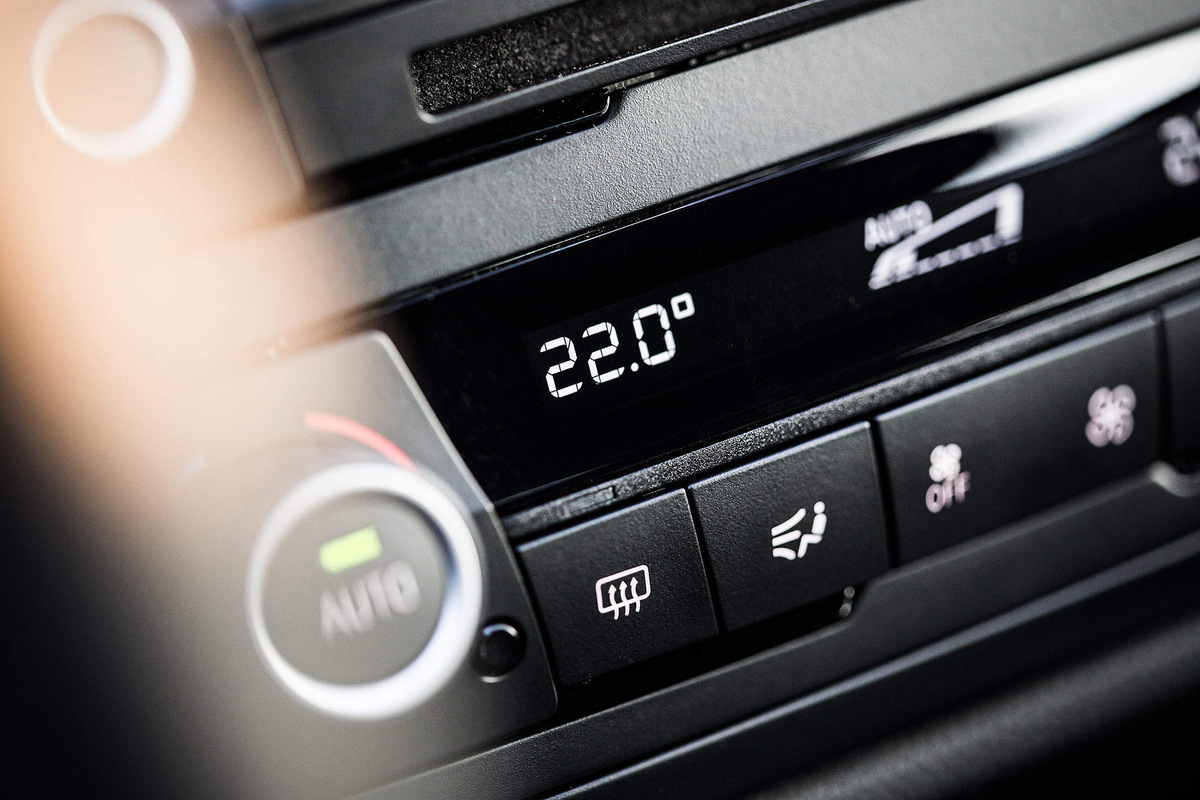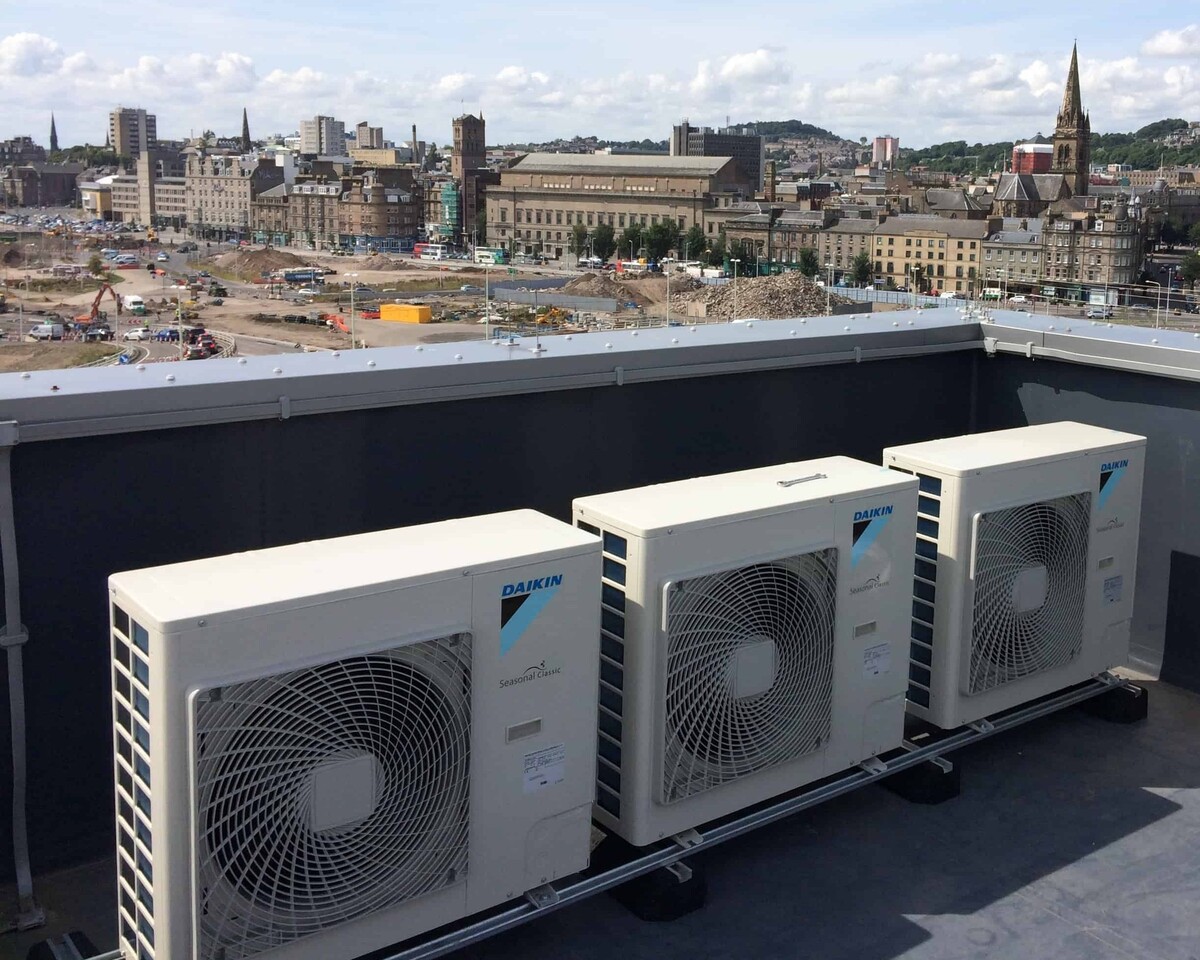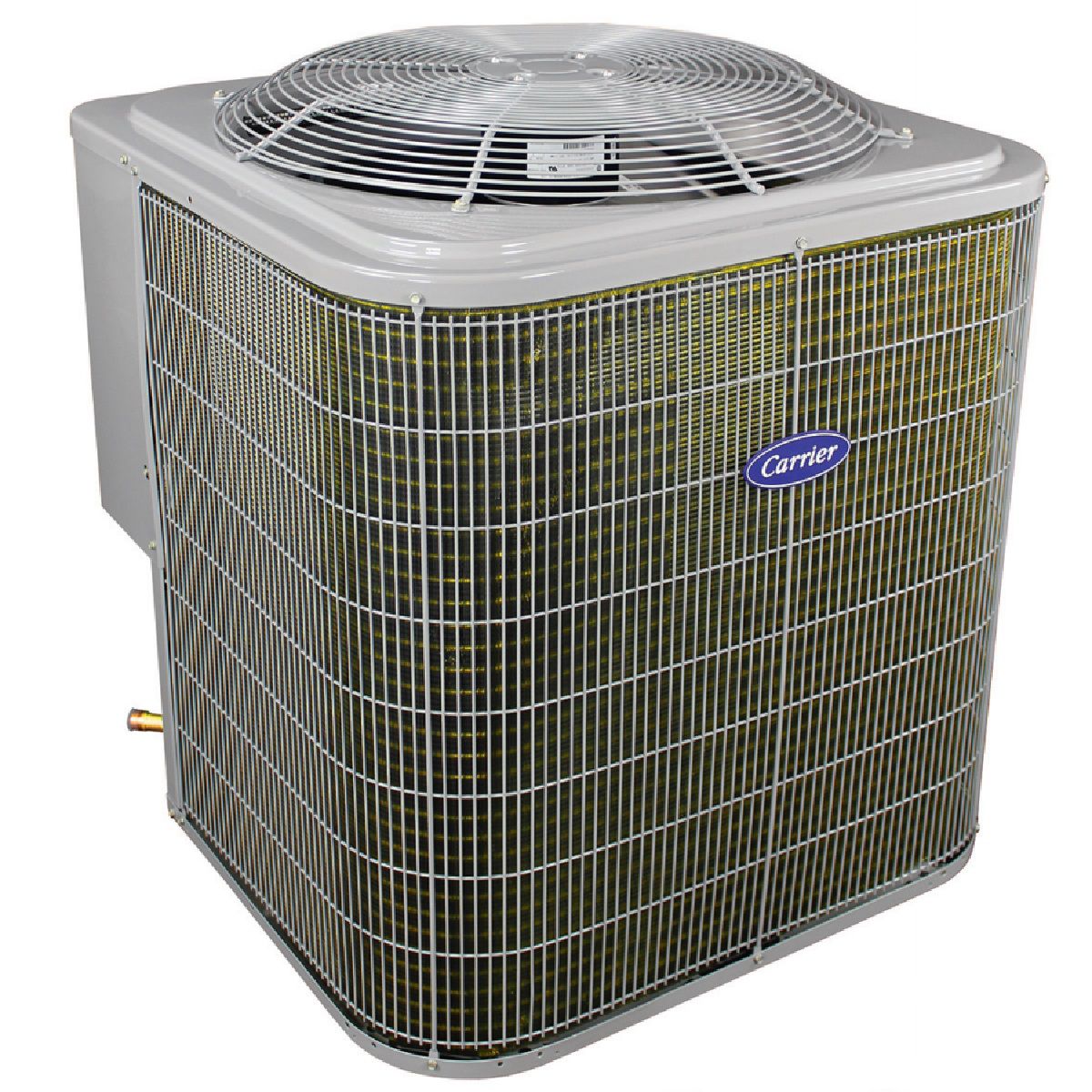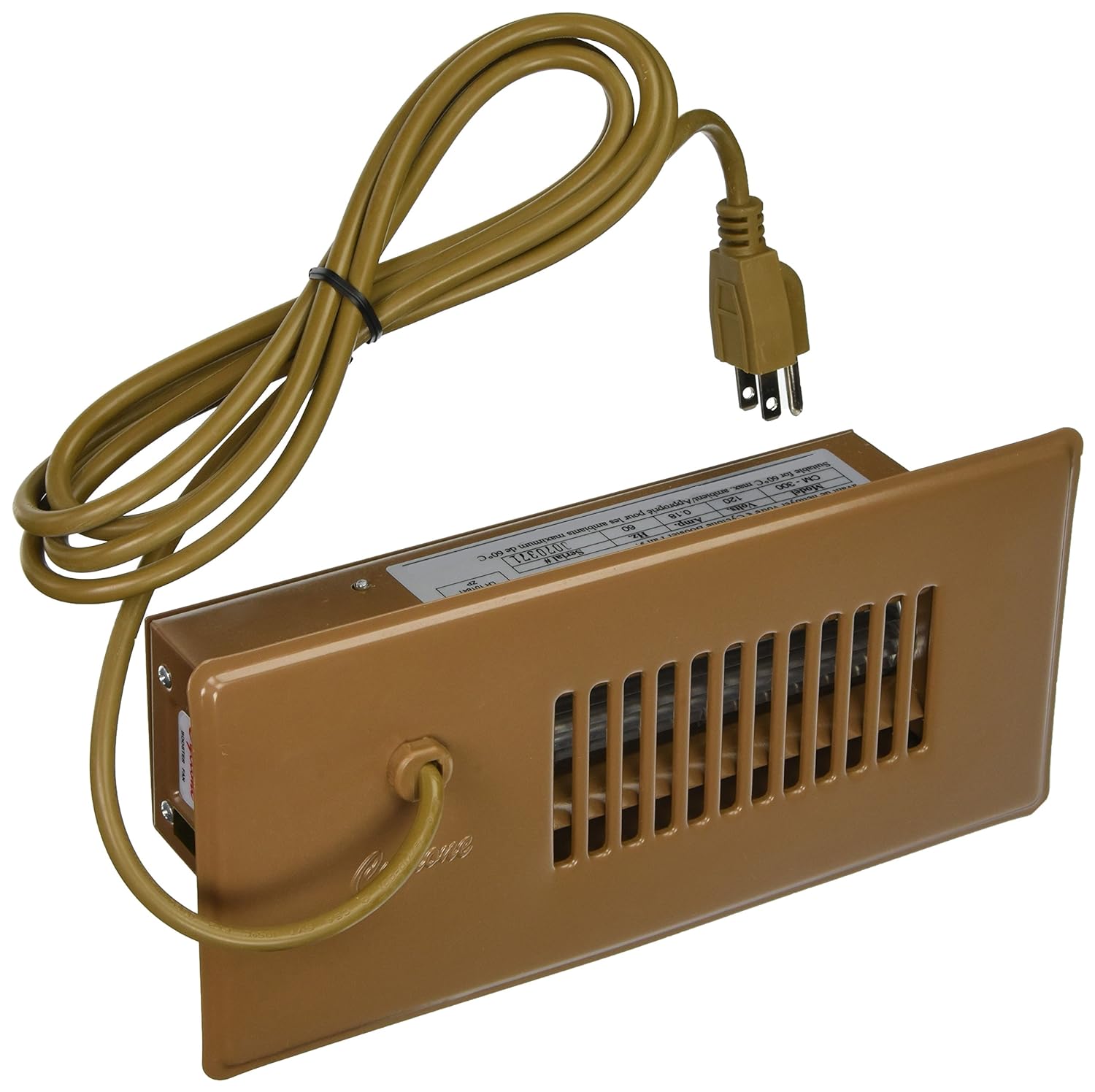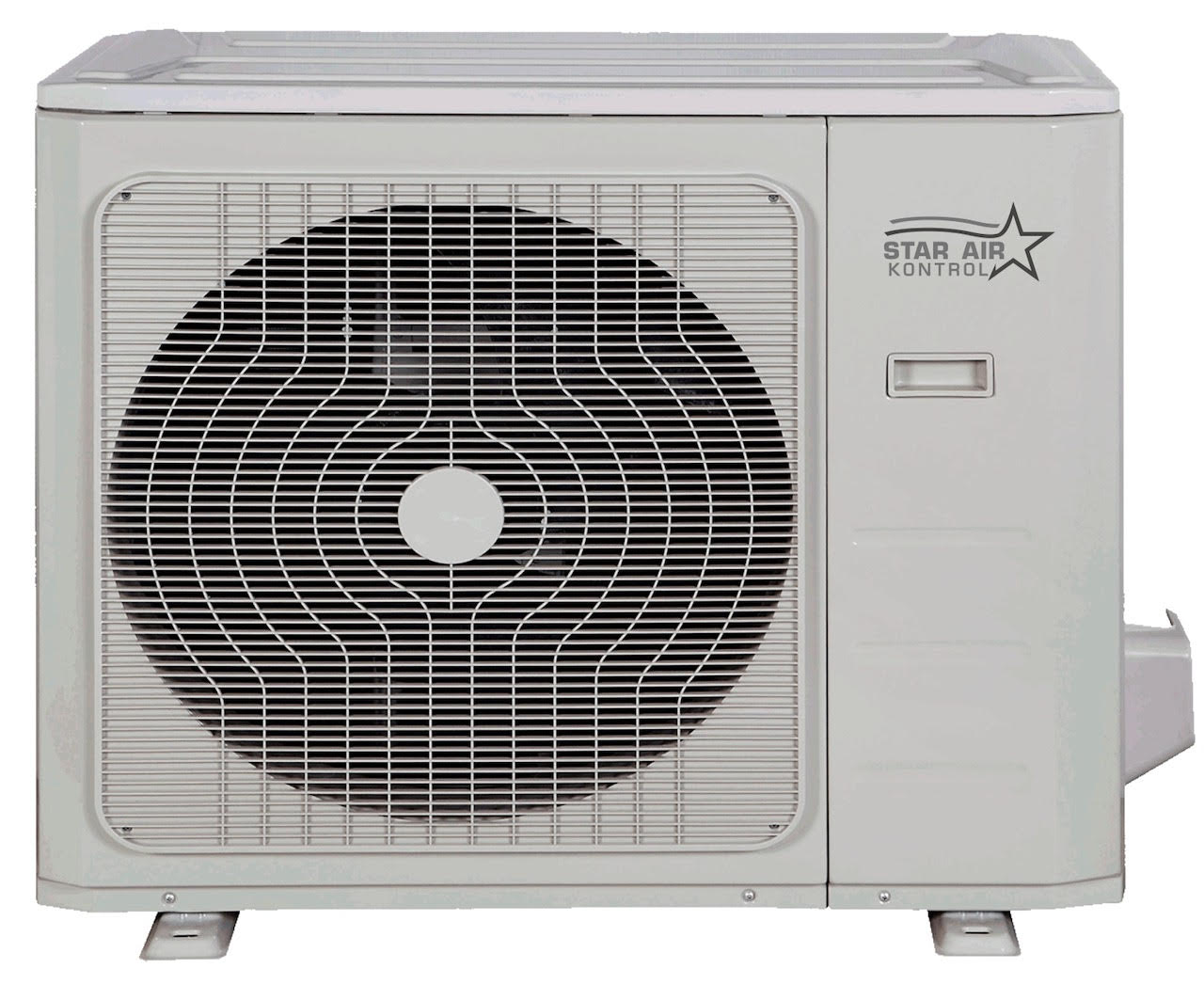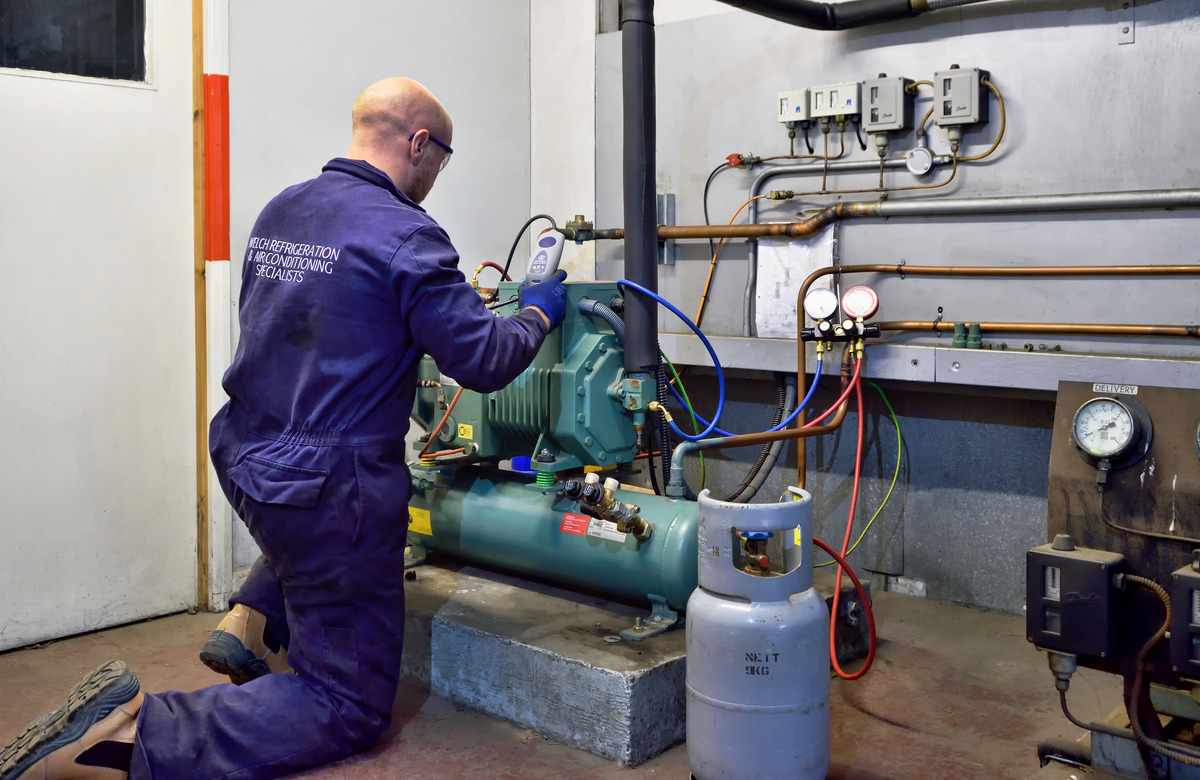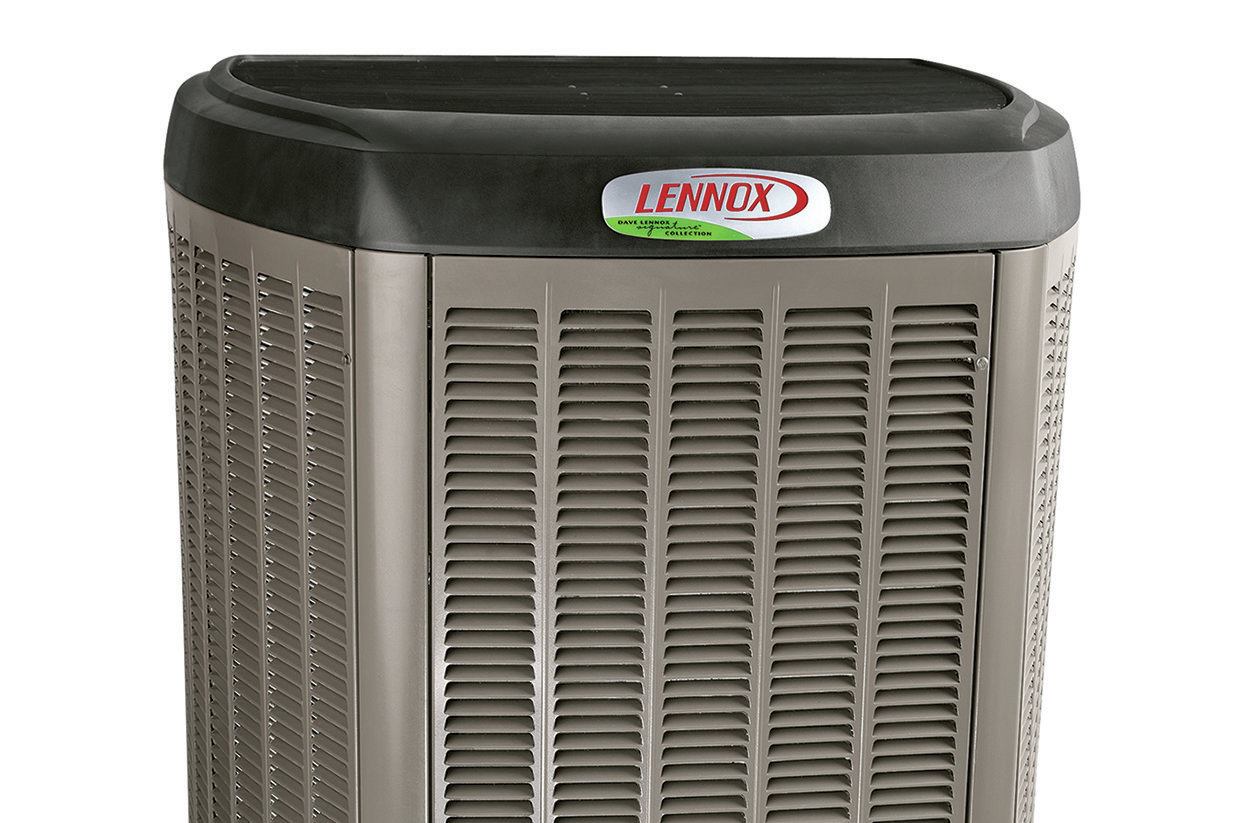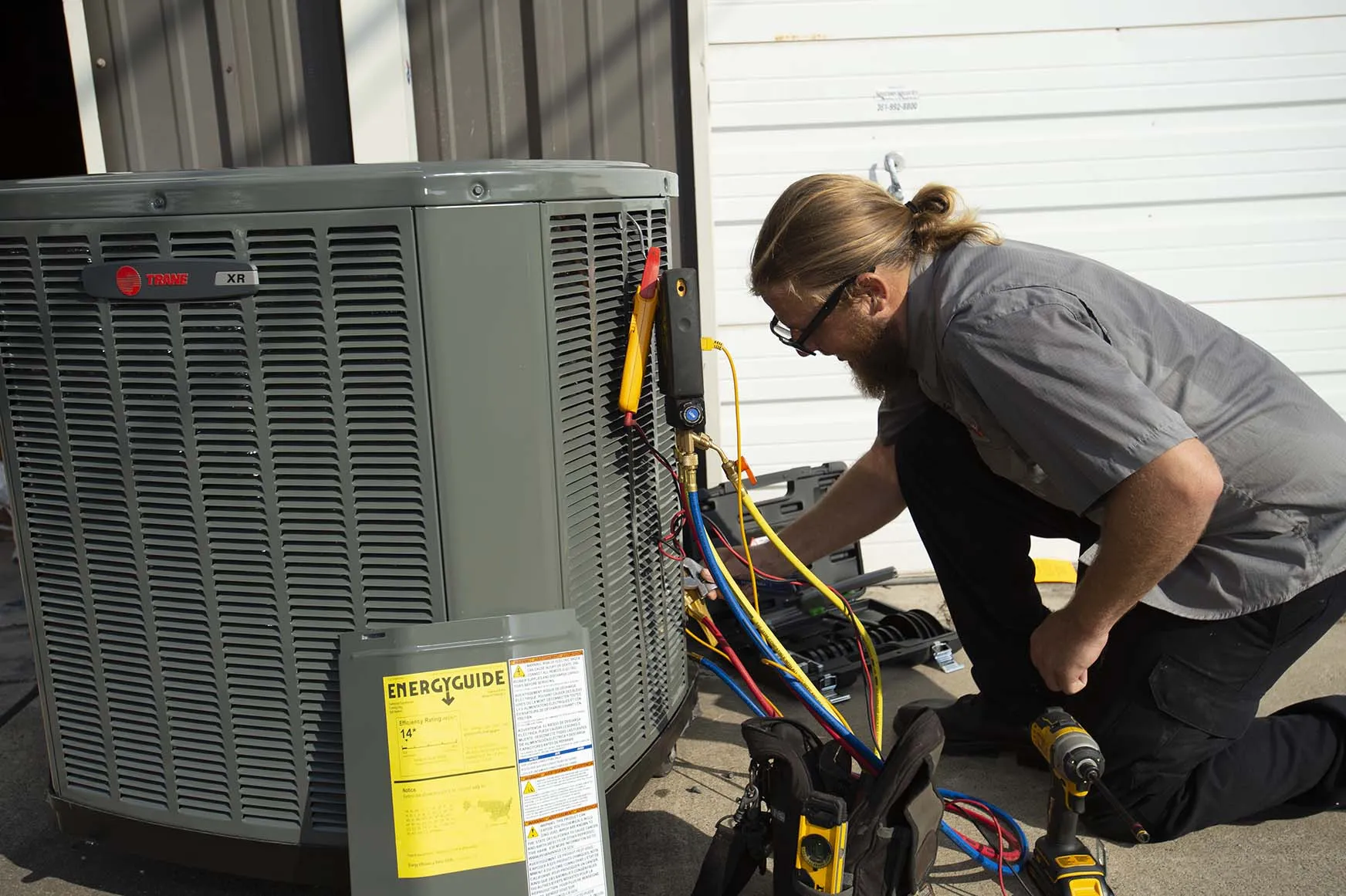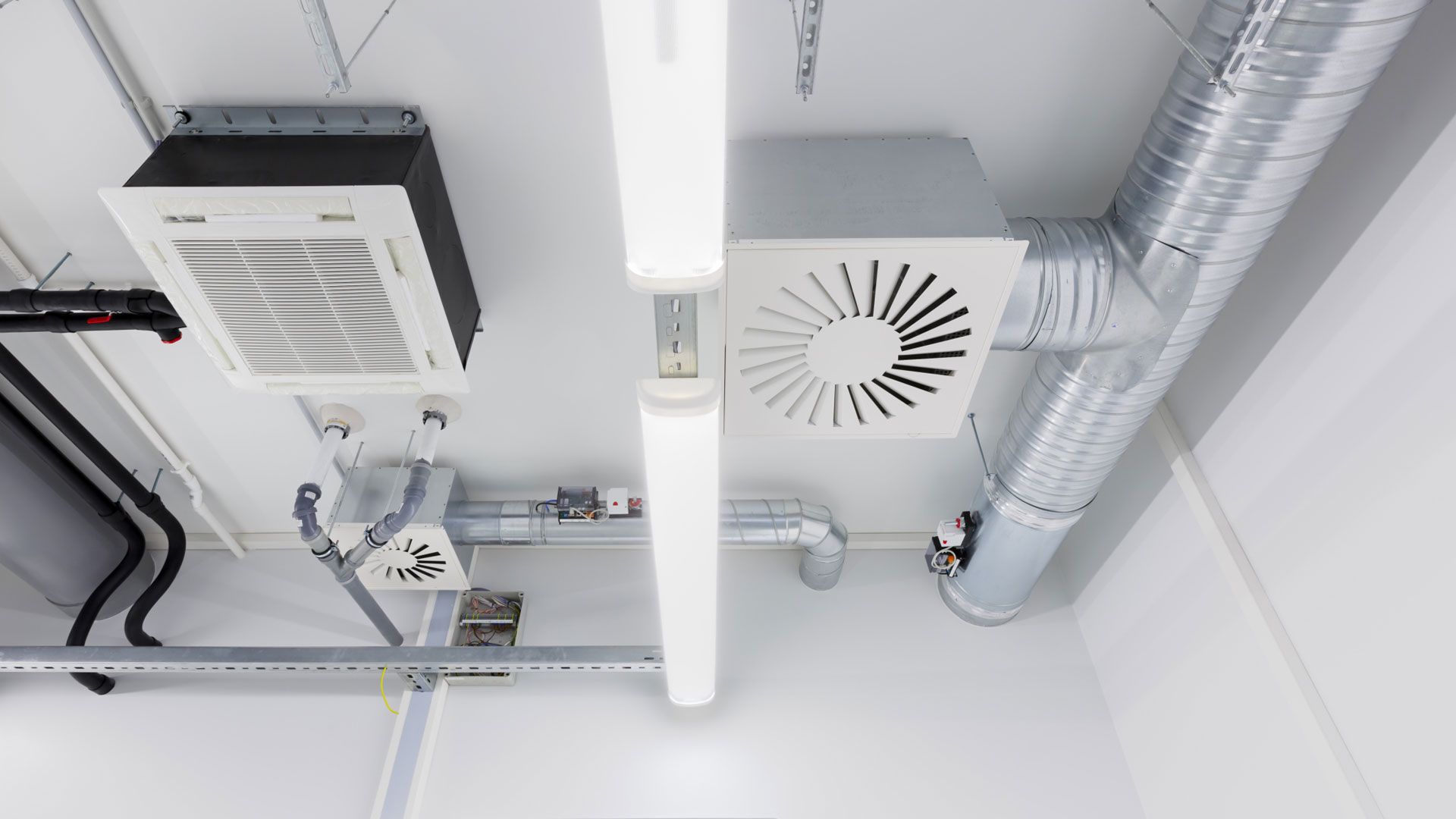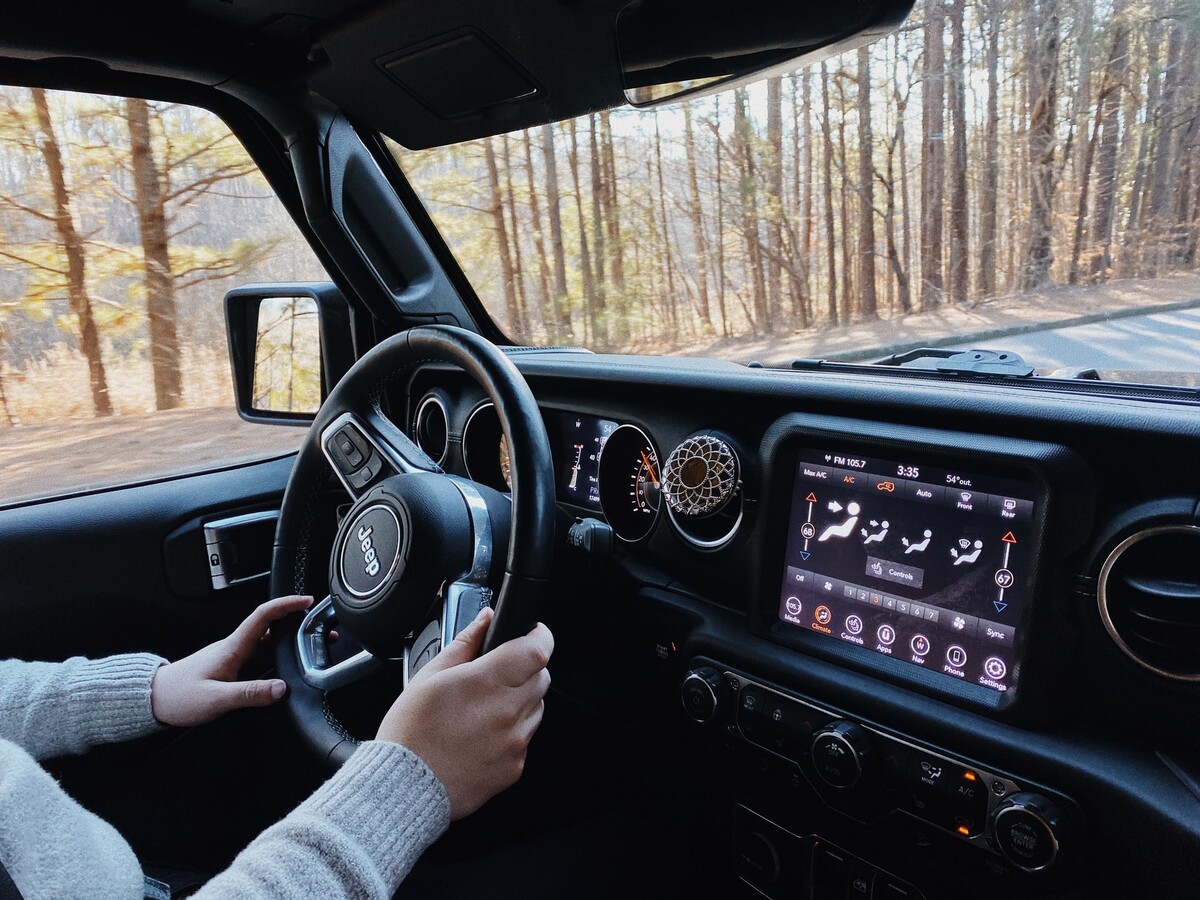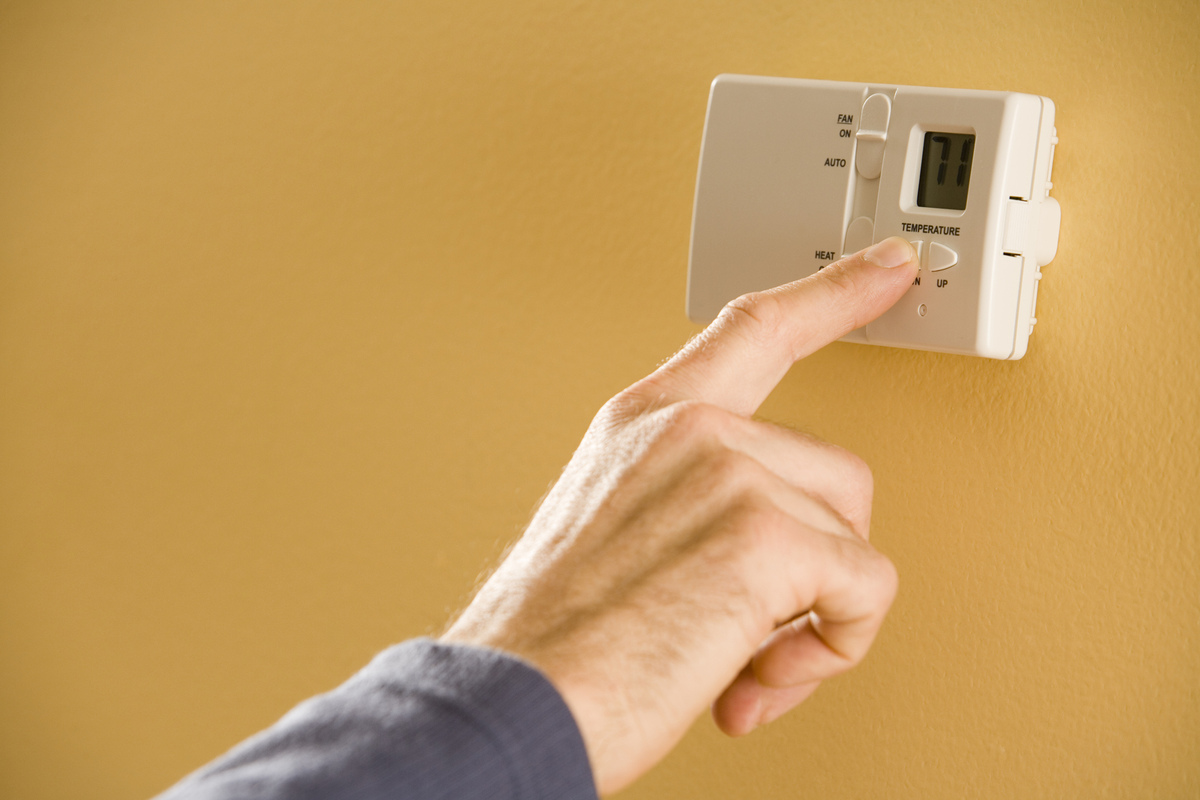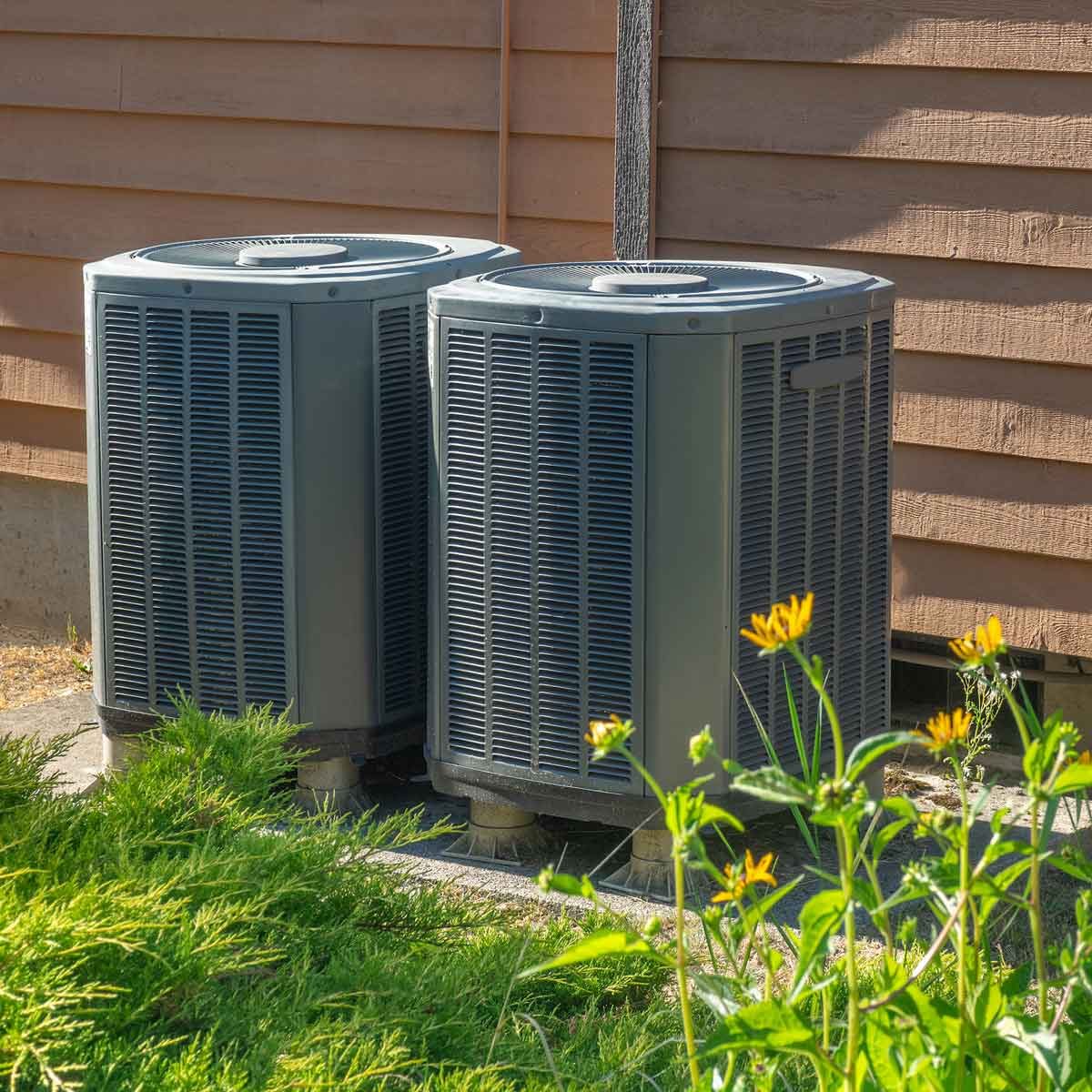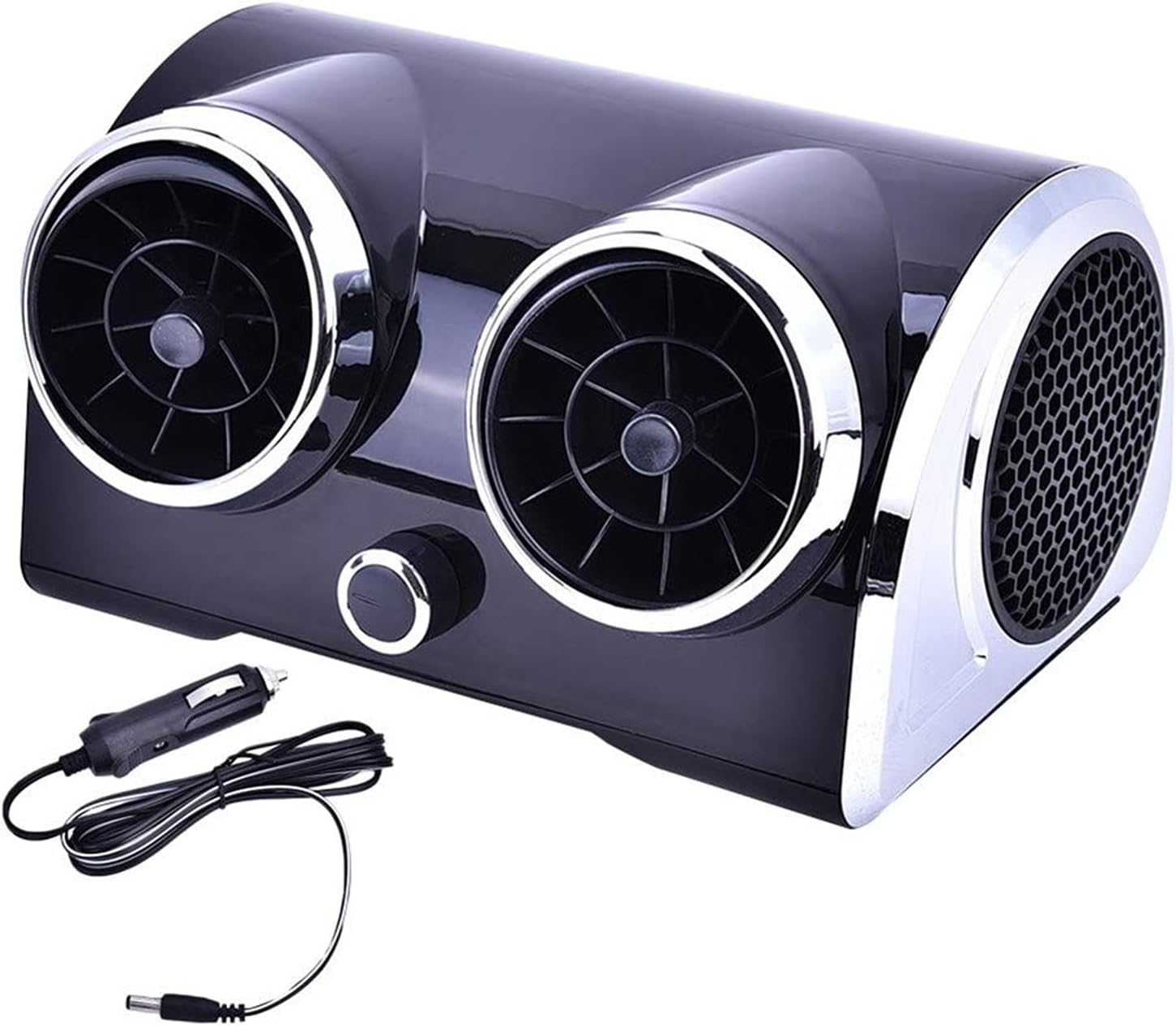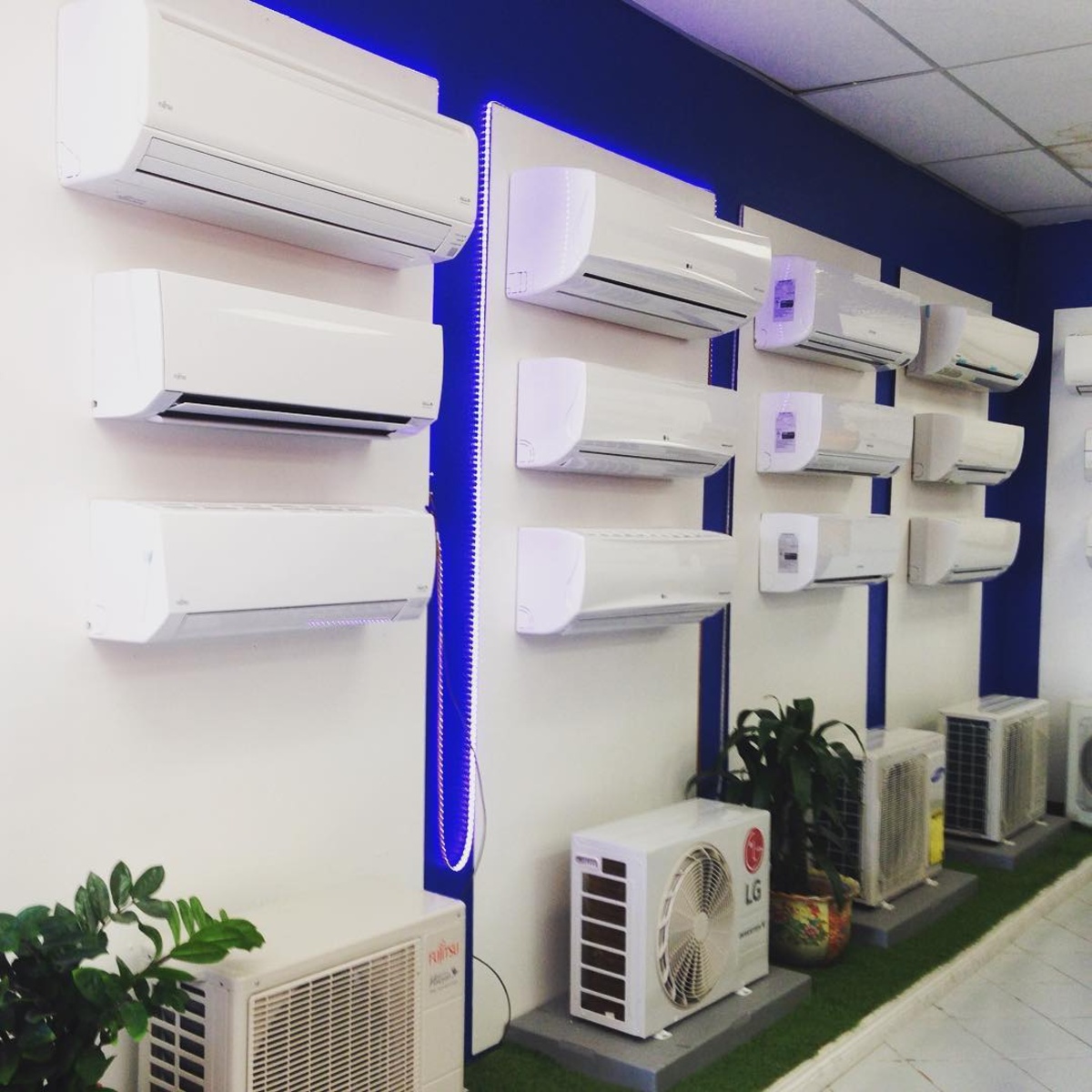Home>Home Maintenance>What Are Three Methods Of Cooling A Home Other Than Traditional Air Conditioning
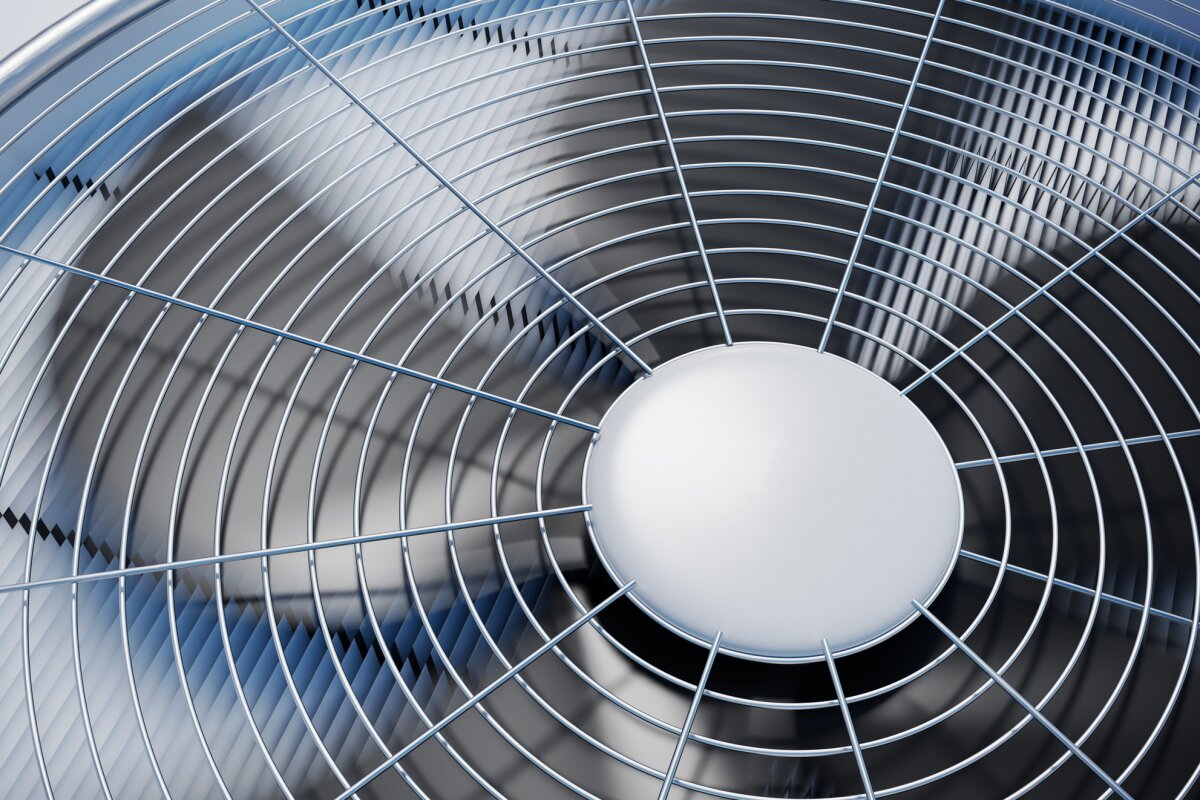

Home Maintenance
What Are Three Methods Of Cooling A Home Other Than Traditional Air Conditioning
Modified: May 6, 2024
Discover three alternative methods of cooling your home, instead of relying on traditional air conditioning. Enhance your home maintenance with these energy-efficient options.
(Many of the links in this article redirect to a specific reviewed product. Your purchase of these products through affiliate links helps to generate commission for Storables.com, at no extra cost. Learn more)
Introduction
Welcome to the world of home maintenance! As a homeowner, it’s essential to keep your living space comfortable year-round. While traditional air conditioning is a common choice, there are other methods available to cool your home effectively. In this article, we will explore three alternative cooling methods to help you beat the heat without relying solely on air conditioning.
When it comes to cooling a home, it’s essential to consider factors such as energy efficiency, cost-effectiveness, and environmental impact. The methods we will discuss offer a balance of these factors while providing effective cooling solutions.
Whether you’re looking to reduce your energy consumption, lower your utility bills, or simply explore new cooling options, these alternative methods are worth considering. Let’s dive in and discover how you can keep your home comfortably cool without traditional air conditioning!
Key Takeaways:
- Embrace alternative cooling methods like evaporative cooling, ceiling fans, and natural ventilation to keep your home cool while saving energy and reducing your environmental impact.
- Consider your climate and home layout to choose the best cooling method for your needs, whether it’s evaporative cooling in dry climates or natural ventilation for moderate temperatures.
Read more: What Is Air Conditioning
Method 1: Evaporative Cooling
Evaporative cooling, also known as swamp cooling, is a popular alternative to traditional air conditioning, especially in dry and arid climates. This cooling method works by harnessing the power of evaporation to lower the temperature indoors.
The concept behind evaporative cooling is relatively simple. A device called an evaporative cooler, also known as a swamp cooler, is installed in the home. This device utilizes a fan to draw warm outdoor air through a series of moistened pads. As the warm air passes through the wet pads, the water evaporates, extracting heat from the air and resulting in a cool breeze being circulated throughout the living spaces.
One of the main advantages of evaporative cooling is its energy efficiency. Unlike traditional air conditioning, which requires a significant amount of electricity to cool and circulate conditioned air, evaporative coolers use a fraction of the energy. This can lead to substantial savings on your utility bills, particularly during hot summer months when air conditioning usage is at its highest.
Another benefit of evaporative cooling is its eco-friendliness. Unlike air conditioning systems that rely on chemical refrigerants, evaporative coolers use only water and air to function, making them more environmentally friendly and reducing your carbon footprint.
It’s important to note that evaporative cooling is most effective in dry climates with low humidity. The process of evaporation requires dry air to work optimally. If you live in a humid region, evaporative cooling may not provide the desired cooling effects.
Installation and maintenance of an evaporative cooler are relatively straightforward. Regular cleaning of the pads and ensuring proper water supply are essential to maintain optimal performance. It’s also important to properly size the evaporative cooler according to the square footage of your home for efficient cooling.
In summary, evaporative cooling offers an energy-efficient and environmentally-friendly way to cool your home. If you live in a dry and arid climate, this method can provide effective cooling while helping you save on energy costs.
Method 2: Ceiling Fans
When it comes to cooling your home, ceiling fans are a classic and effective alternative to traditional air conditioning. Not only do they provide a refreshing breeze, but they also offer numerous benefits that make them a popular cooling choice for many homeowners.
Ceiling fans work by creating a wind chill effect, which can make you feel cooler without actually lowering the room’s temperature. The rotating blades of ceiling fans help to circulate air and create airflow in the room, providing a comfortable and refreshing environment.
One of the main advantages of ceiling fans is their energy efficiency. Compared to air conditioning units that consume a significant amount of electricity, ceiling fans use a fraction of the energy to operate. This can result in substantial savings on your energy bills, especially if you use them in conjunction with other cooling methods.
In addition to their energy efficiency, ceiling fans also offer versatility. Most ceiling fans come with a reversible feature, allowing you to switch the direction of the blades. During the hotter months, you can set the blades to rotate counterclockwise, creating a cooling airflow. In the colder months, you can reverse the direction to clockwise, which will help distribute warm air trapped near the ceiling down into the room.
Furthermore, ceiling fans are relatively easy to install and maintain. They come in a variety of styles and sizes to suit any home decor. Regular cleaning of the fan blades and periodic lubrication of the motor ensures optimal performance and longevity.
When using ceiling fans, it’s important to remember that they cool people, not rooms. Therefore, it’s best to turn off the ceiling fan when you’re not in the room. Additionally, using ceiling fans in conjunction with other cooling methods, such as open windows or evaporative cooling, can enhance their effectiveness.
Overall, ceiling fans offer an energy-efficient and versatile cooling solution for your home. They provide a comfortable breeze, lower energy consumption, and can complement other cooling methods. Consider installing ceiling fans in your home for a cost-effective and environmentally friendly cooling option.
1. Use ceiling fans to circulate air and create a cooling breeze.
2. Install a whole house fan to pull in cooler air at night and push out hot air.
3. Plant shade trees or use awnings to block direct sunlight and reduce heat inside the home.
Method 3: Natural Ventilation
When it comes to cooling your home, harnessing the power of natural ventilation can be a highly effective and environmentally friendly method. Natural ventilation relies on utilizing cross breezes and strategic airflow to naturally cool your living spaces.
The first step in implementing natural ventilation is to understand the layout and orientation of your home. Take note of the prevailing wind direction and identify areas where fresh air can enter and exit the house. This could include windows, doors, vents, or skylights.
To maximize the cooling effect, you can create a cross breeze by opening windows on opposite sides of the house. This allows air to flow through and carry the heat out of your home. You can also use window fans or portable fans strategically placed to enhance the airflow.
In addition to cross ventilation, using natural shading techniques can help keep your home cool. Planting trees or installing awnings or shades near windows can block direct sunlight, reducing heat gain and creating a more comfortable indoor environment.
Another method of natural ventilation is using a whole-house fan. This type of fan is installed in the attic or upper level of the house and works by pulling cool air in through open windows and pushing hot air out through attic vents. Whole-house fans are most effective in the evenings and early mornings when the outside temperature is cooler.
Proper insulation is crucial when utilizing natural ventilation. Insulating your home effectively helps to reduce heat transfer and keep the cool air inside. Ensure that your walls, attic, and windows are well-insulated to prevent heat gain and maintain a comfortable indoor temperature.
Implementing natural ventilation requires thoughtful planning and consideration of your home’s layout and features. By utilizing cross breezes, creating shade, and implementing whole-house fans, you can naturally cool your home without relying on energy-consuming air conditioning.
Keep in mind that natural ventilation is most effective in moderate climates with milder summer temperatures. In extremely hot or humid climates, additional cooling methods may be necessary to maintain a comfortable indoor environment.
In summary, natural ventilation offers an energy-efficient and sustainable cooling solution for your home. By harnessing the power of cross breezes, shading, and utilizing whole-house fans, you can create a comfortable and refreshing living space while minimizing energy consumption.
Conclusion
In conclusion, there are various alternative methods of cooling your home that can be just as effective as traditional air conditioning, while also providing energy efficiency and environmental benefits.
Evaporative cooling, also known as swamp cooling, utilizes the natural process of evaporation to create a cool breeze indoors. This method is ideal for dry and arid climates and can significantly reduce energy consumption compared to traditional air conditioning.
Ceiling fans offer a cost-effective and versatile cooling solution. By creating a wind chill effect, they help circulate air and provide a refreshing breeze. Ceiling fans are energy-efficient and can be used in conjunction with other cooling methods to enhance their effectiveness.
Natural ventilation harnesses cross breezes and strategic airflow to cool your home naturally. By optimizing the layout, opening windows strategically, and utilizing shades and whole-house fans, you can create a comfortable and cool living space without relying heavily on artificial cooling systems.
When considering alternative cooling methods, it’s important to take into account factors such as climate, energy efficiency, and cost-effectiveness. Each method has its own advantages and considerations, so it’s essential to choose the option that best suits your specific needs and circumstances.
By exploring these alternative cooling methods, you can optimize your home’s comfort while reducing energy consumption and minimizing your impact on the environment. Embracing these alternative cooling solutions not only benefits you but also contributes to a greener and more sustainable future.
Remember, it’s always a good idea to consult with a professional to assess your home’s specific needs and determine the most suitable cooling options. With the right approach, you can create a comfortably cool living space without solely relying on traditional air conditioning.
Curious about more ways to keep your home cool? If you found the idea of evaporative cooling intriguing, you'll love our detailed review of the top evaporative coolers on the market. These units are not only efficient but offer a breath of fresh air for those looking to reduce energy costs and maintain a comfortable climate indoors without traditional air conditioning.
Frequently Asked Questions about What Are Three Methods Of Cooling A Home Other Than Traditional Air Conditioning
Was this page helpful?
At Storables.com, we guarantee accurate and reliable information. Our content, validated by Expert Board Contributors, is crafted following stringent Editorial Policies. We're committed to providing you with well-researched, expert-backed insights for all your informational needs.

